Why Slope Is Important
Roof slope is important because it affects your choice of flat roofing materials and how they are installed and maintained, over time. It impacts the long-term cost-effectiveness and health and safety of the building and its occupants. Knowing how to measure and calculate the slope of a commercial flat roof is therefore a worthwhile skilll to master.
Rise, Run, and Slope
Before explaining how to calculate the slope of a commercial flat roof, it is best to first review some geometry basics. Specifically, what is a roof rise, run, and slope.
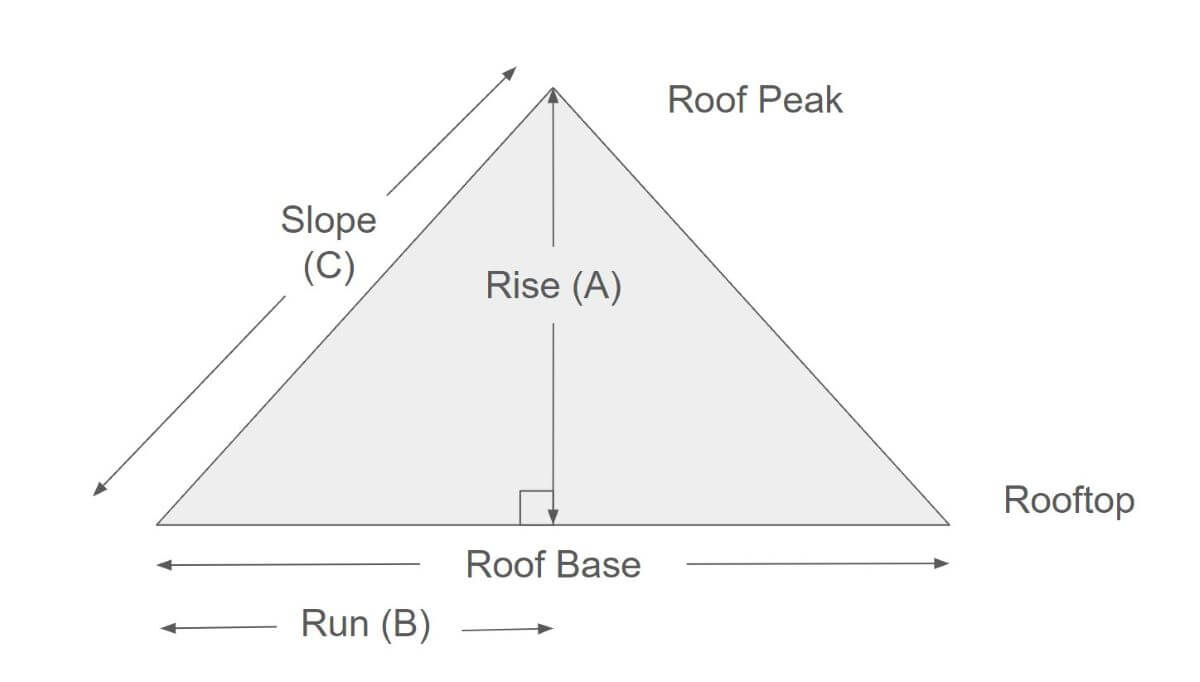
Roof rise (A) is a measure of the distance from a right-angle intersection of the rooftop to the highest point of the roof (its peak).
Roof run (B) is the distance from that same 90-degree intersection to the rooftop’s outer edge.
Roof slope (C) is the ratio of the vertical rise (A) over the horizontal run (B). It is expressed in inch units (D) as either a fraction “D/12” or a real number in the phrase “the roof rises D inches of rise over every 12 inches of horizontal run”.
How To Calculate Slope
Use the following five steps to calculate and express the slope of your commercial flat roof.
1. Measure the roof’s rise (A).
2. Using the same unit of measurement as in step 1 (e.g. feet or inches), measure the roof’s run (B).
3. Calculate slope (C) by dividing the roof rise (A) by the roof run (B).
4. Multiply the slope (C) by 12 to convert the fraction into inch units (D).
5. Express the slope of the flat roof as “D/12” or “the roof rises D inches for every 12 inches of horizontal run”.
Example 1
In this first example, the roof is 10’ tall at its highest point and 40’ wide at its rooftop or base.
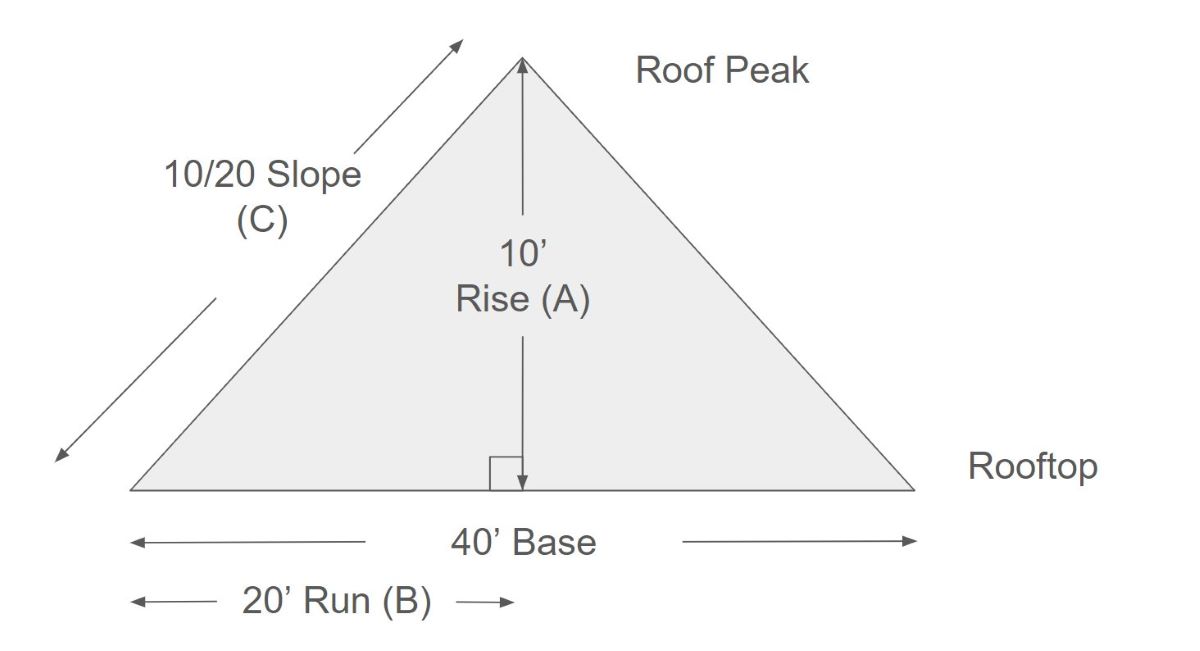
1. Measure the roof’s rise (A).
A = 10 feet
2. Using the same unit of measurement as in step 1, measure the roof’s run (B).
B = 20 feet
3. Calculate the roof slope (C) by dividing the roof rise (A) by the roof run (B).
C = 10 / 20 or 0.5
4. Multiply the slope (C) by 12 to convert the fraction into inch units (D).
D = .5 * 12 or 6 inches
5. Express the slope of the roof as “D/12” or “the roof rises D inches for every 12 inches of horizontal run”.
“6/12” or “the roof rises 6 inches for every 12 inches of horizontal run”.
This roof would not be considered a “flat” roof.
Example 2
The next example is of a roof 5 inches tall at its highest point and 40’ wide at its base.
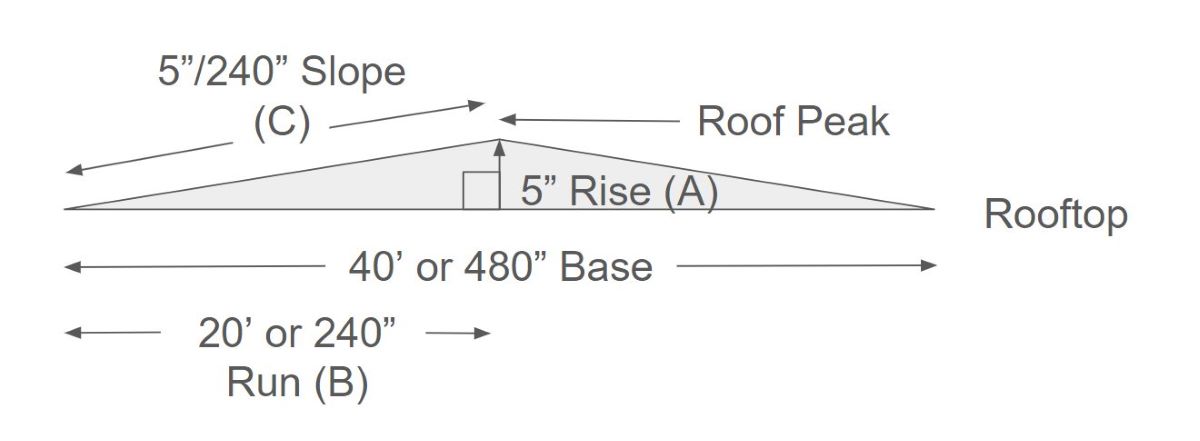
1. Measure the roof’s rise (A).
A = 5 inches
2. Using the same unit of measurement as in step 1, measure the roof’s run (B).
B = 20 feet or 240 inches
3. Calculate the roof slope (C) by dividing the roof rise (A) by the roof run (B).
C = 5 / 240 or 0.0208
4. Multiply the slope (C) by 12 to convert the fraction into inch units (D).
D = 0.0208 * 12 or 0.25 inches
5. Express the roof’s slope as “D/12” or ”the roof rises D inches for every 12 inches of horizontal run”.
“0.25/12” or ”the roof rises 0.25 inches for every 12 inches of horizontal run”.
A roof with this slope is considered a flat (versus pitched or steep-sloped) roof.
Summary
The slope of a commercial flat roof is a measure of its rise over every 12 inches of run. Slope is important because it affects the long-term cost-effectiveness of the building and the health and safety of its occupants.
Using the steps described above, building owners and property managers can measure the slope of their commercial flat roof and use it to determine whether they have sufficient pitch to rest assured their investment and workers are protected.

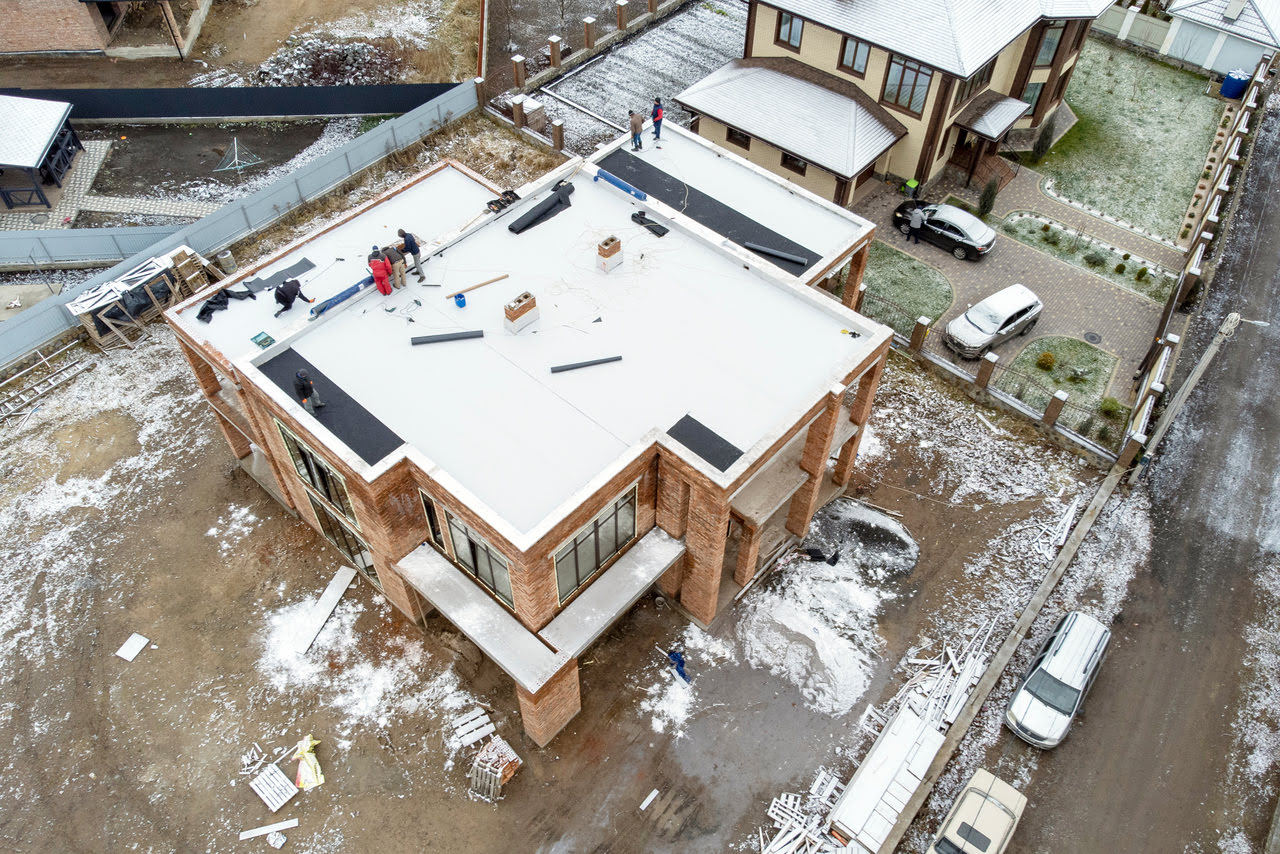
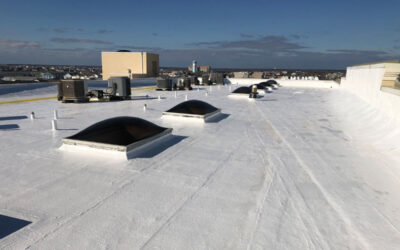

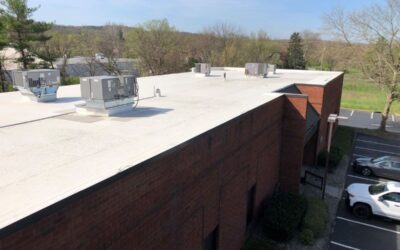
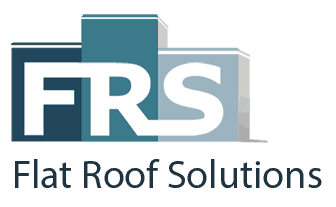



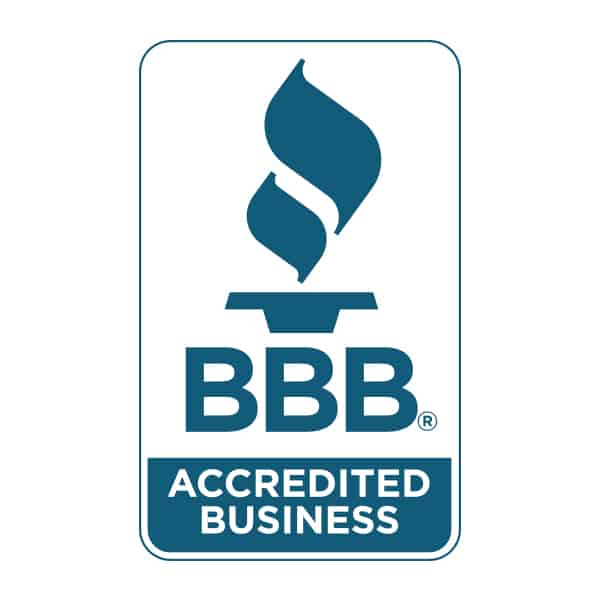

Add your first comment to this post